Challenger brands have been around since the advent of market share – and so has advertising that tries to take down the market leader a peg or two through subtle and not-so-subtle comparisons. While the average consumers sees these ads across each and every category – in recent months the spotlight has been on technology where Microsoft, Apple, Samsung, T-Mobile, AT&T and Google are engaged in a dance that is sometimes resonant and other times awkward. Much of it is centered around the mobile phone category (shown below) but it extends to the search engine category as well.
Microsoft stepped up and placed the challenger crown firmly on its head this week with its $7B purchase of Nokia’s mobile assets. It’s a bold move, and while the markets suggest it is a bad one – we think that it portends some interesting advertising battles in the coming quarters.
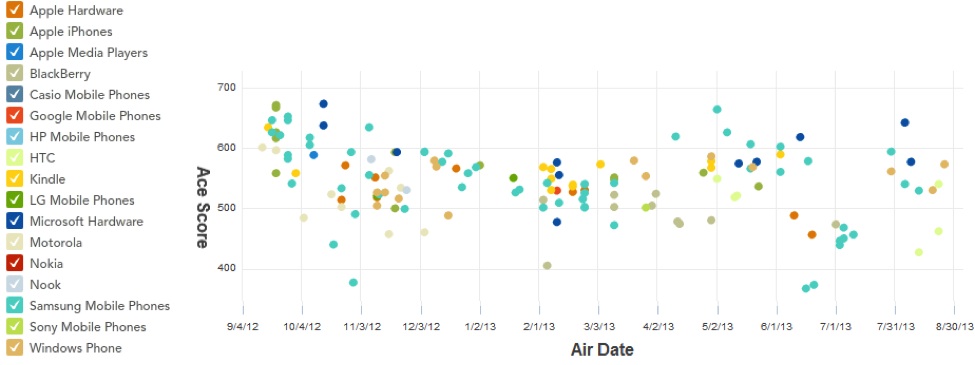
Microsoft is in parody mode right now with its campaign supporting the Nokia Windows phones and like its previous efforts – the ads are resonating.
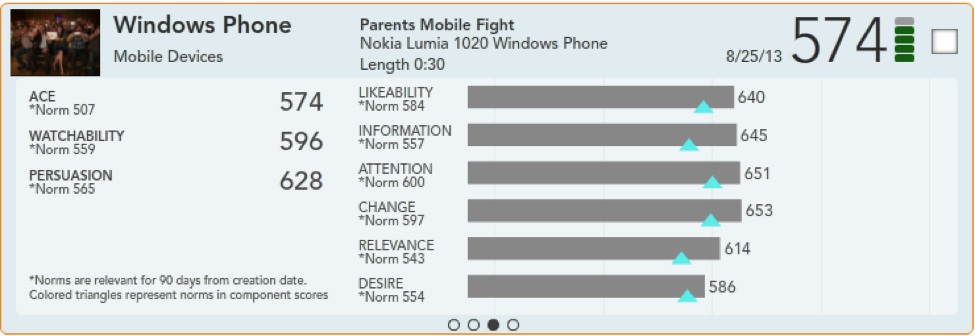
It is ironic that Apple, which perfected the comparison game from 2006 to 2009 with its “I’m a Mac” campaign has had the tables turned and is now the target both for the iPhone and the iPad – both of which Microsoft has taken on. This makes sense given Apple’s towering market share figures for phones and tablets – in the same way it made sense for Apple a half decade ago.
Interestingly, Microsoft is a bit late to party, it was Samsung who took the first step – making headlines with its “Fan Boy” ads which touted iPhone’s alleged shortcomings, making Samsung one of the most talked-about marketers in 2012. But that was last year – this year has both Samsung and Apple in Microsoft’s sights.
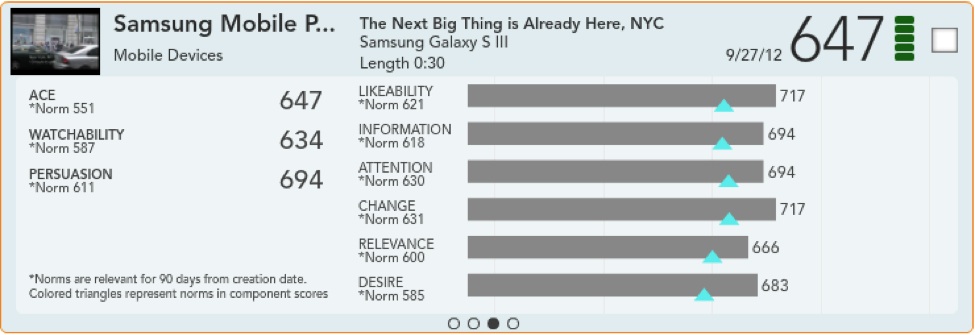
In effect, great products coupled with great advertising turned a fragmented category into a two company race – so much so that Samsung evolved its message accordingly in 2013 to be more feature driven – such as the recent ad around the “eyes on” feature.
Still, Samsung continues to successfully remind consumers what features it had that Apple did not (Graduation: Ace Score 665) – racking up the highest mobile phone score ad in 2013.
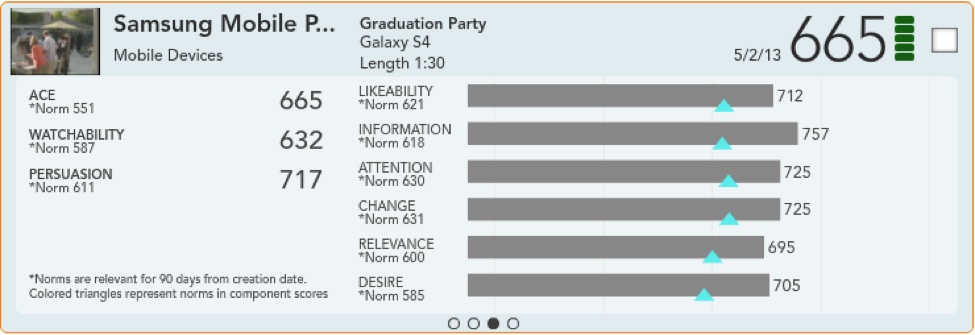 Enter Microsoft and its Windows Phone. Like Avis, 50 years earlier, Microsoft is seeking to leave the other competitors behind and winnow the remaining field down to three by presenting itself as the “other option” to Samsung and Apple. Frankly, the approach seems to be working as the strength of its product and its advertising is reflected in a growing marketshare. Witness Microsoft’s clever, “Come Together” ads for its mobile phone operating system, which challenge both Samsung and Apple iPhone, performed admirably against Apple (Ace Score 587 vs. 572 for the highest ranking iPhone ad this year). That is a tall order when you consider the loyalists on both sides (Samsung and Apple) comprise 2/3rds of the audience.
Enter Microsoft and its Windows Phone. Like Avis, 50 years earlier, Microsoft is seeking to leave the other competitors behind and winnow the remaining field down to three by presenting itself as the “other option” to Samsung and Apple. Frankly, the approach seems to be working as the strength of its product and its advertising is reflected in a growing marketshare. Witness Microsoft’s clever, “Come Together” ads for its mobile phone operating system, which challenge both Samsung and Apple iPhone, performed admirably against Apple (Ace Score 587 vs. 572 for the highest ranking iPhone ad this year). That is a tall order when you consider the loyalists on both sides (Samsung and Apple) comprise 2/3rds of the audience.
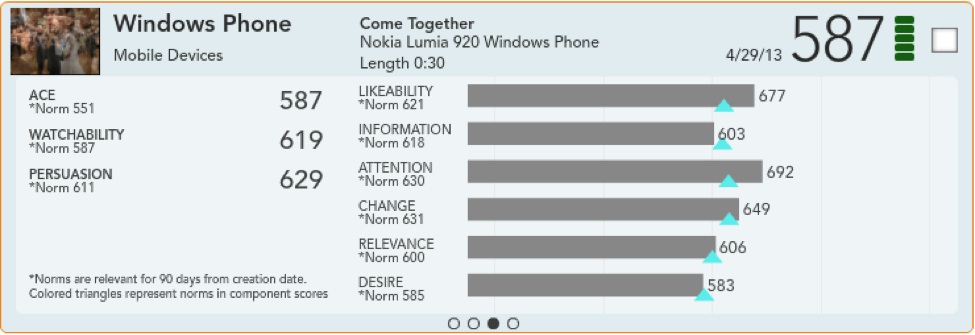
Microsoft narrows its focus to just the iPad in its most recent creative and seems to have really gotten it right: Their windows tablet ad entitled “Less Talk, More Doing” portrayed a frazzled Siri unable to multitask very effectively. This ad scored higher than any other iPad (or Microsoft… or Samsung) tablet ad to date in 2013 and has more than a faint echo of the Mac vs. PC campaign that defined the genre for technology.
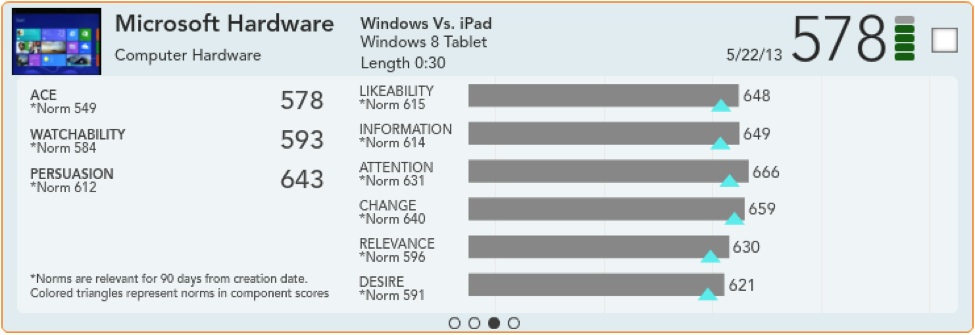
All comparison ads are not created equally. Just because you compare or even go so far as to attack – you are not guaranteed success and Microsoft is seeing this first hand in its efforts to dethrone Google in the search space. A series of comparison ads did well for Microsoft – employing a “Pepsi Challenge” like approach to Google in side by side tests, but the attack ads “Scroogled” did not fare particularly well – a full 100 points shy of their mobile device colleagues. Still, Microsoft’s challenge on the search side is significant enough that “consideration” is probably considered a win.
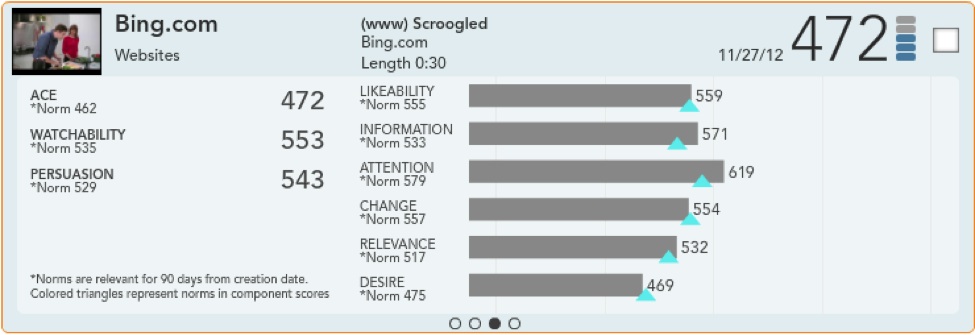
Ultimately, there is a fine line between an extremely successful comparison ad and a marginally successful attack ad. The distinction is often subjective as to what “crosses” the line. Further, we see this type of activity in every industry. We recently completed some work with a client in the cold and flu space where the use of attack ads delivered above norm scores – with some “attackers” doing better than others. Another example would be Walmart’s extensive LPG campaign against grocers like Publix, Safeway and Kroger. Here, Walmart is the challenger as they look to become synonymous with a trip to the grocery store.
Interested in a particular challenger? Just let me know at marketing@acemetrix.com.